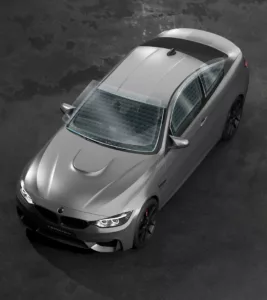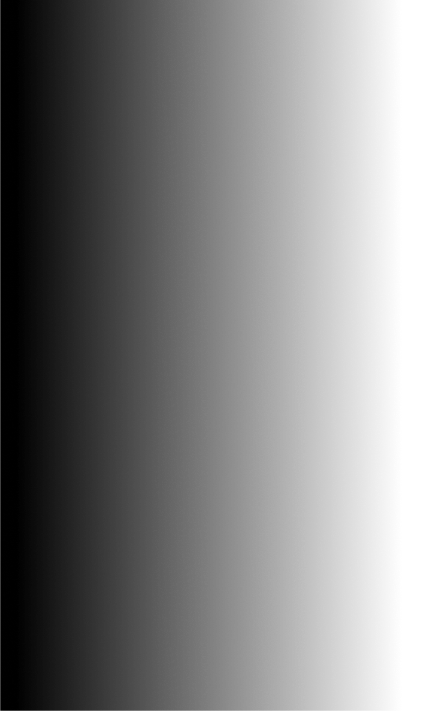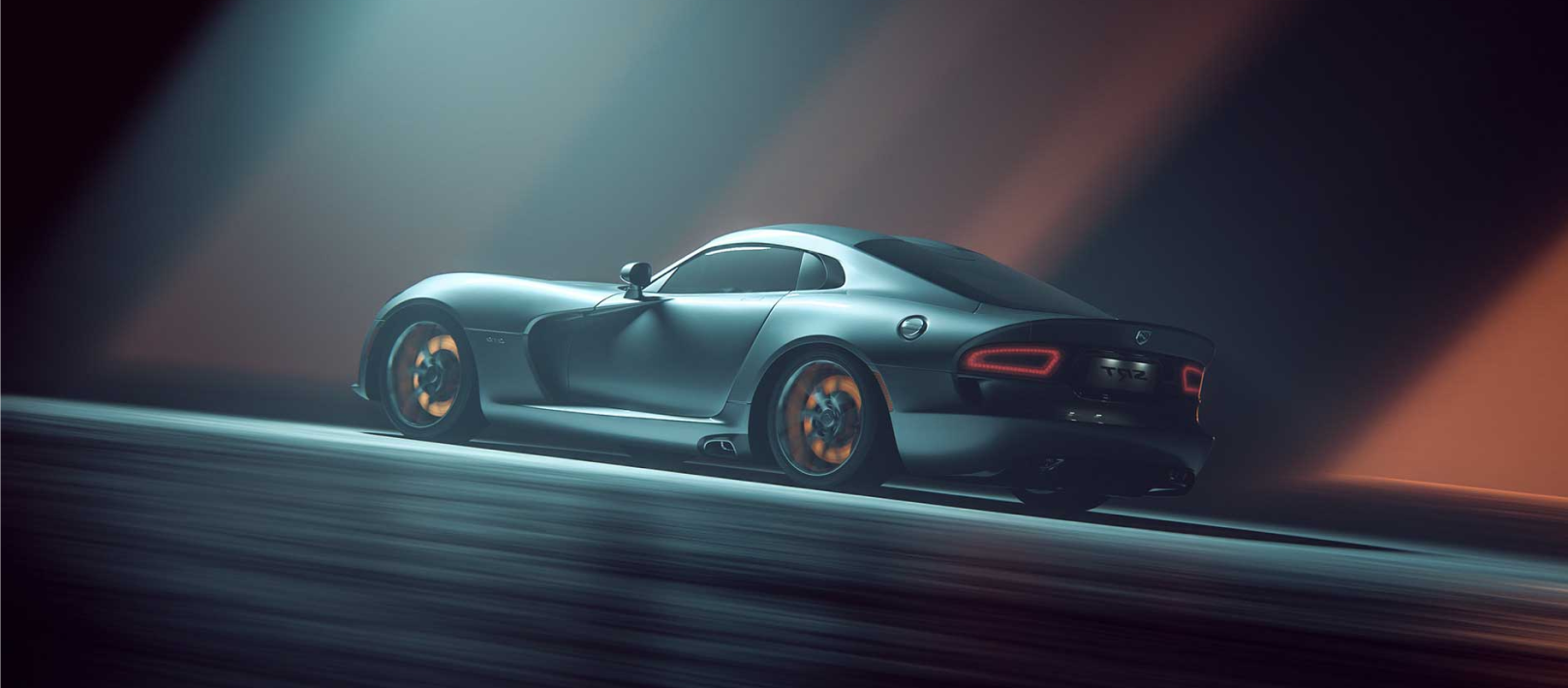Ceramic Tint vs Normal Tint: Why Ceramic Films Offer Superior Driving Comfort
Ceramic Tint vs Normal: Why Ceramic Films Are Better for Driving Comfort
Window tinting is one of the most popular upgrades for vehicle owners seeking more than just aesthetics. From reducing sun glare to protecting interiors and increasing privacy, tinting your windows delivers a range of benefits. But not all window films are created equal. The most significant difference comes down to the type of tint you choose—ceramic tint vs normal (or standard) tint.
Ceramic tint has quickly gained popularity among those who want premium performance and long-lasting comfort. In this guide, we compare ceramic and normal tint options, explain their differences, and explore how high-performance ceramic films from TERMINAX are designed to enhance the driving experience.

What Is Normal (Standard) Window Tint?
Standard tint generally refers to dyed or metallized window films. These have been around for decades and are still widely used due to their lower cost and basic level of performance.
There are two main types of normal tint:
- Dyed film: Uses dye layers to absorb solar heat and reduce glare. It is the most affordable option, but it tends to fade and degrade over time.
- Metallic (or metalized) film: Contains tiny metal particles that reflect sunlight and improve heat rejection. While more durable than dyed film, it may interfere with GPS, cell phone signals, and radio reception.
Standard tint can provide basic heat and UV protection, but it generally lacks the advanced capabilities and long-term durability found in ceramic films.
What Is Ceramic Window Tint?
Ceramic window tint is an advanced film made using nano-ceramic particles that are neither metallic nor dyed. These non-conductive, non-metallic particles are embedded within the layers of the film, offering superior performance in heat rejection, UV protection, and optical clarity.
Unlike traditional tints, ceramic films do not rely on color or reflectivity to block solar energy. Instead, they filter out infrared rays, which are responsible for the majority of heat buildup inside the vehicle.
TERMINAX ceramic tints are engineered to deliver maximum solar performance with minimal impact on visibility, connectivity, or vehicle appearance.
Key Differences Between Ceramic Tint and Normal Tint
Let’s break down the core differences between ceramic and standard window tints to understand why ceramic options are the superior choice for most drivers.
1. Heat Rejection
One of the biggest advantages of ceramic film is its ability to block infrared (IR) radiation, the main source of solar heat.
- Standard Tint: Dyed film absorbs some heat but offers limited performance. Metallic film reflects heat but can create glare and signal issues.
- Ceramic Tint: Blocks up to 80–90% of infrared heat, keeping the vehicle interior cooler and more comfortable during hot weather.
TERMINAX Ceramic-X™ Window Film uses advanced nanotechnology to filter out heat at the molecular level, reducing the cabin temperature and easing the load on your air conditioning system.
2. UV Protection
Both ceramic and standard films block some UV rays, but ceramic film is far more effective.
- Standard Tint: Often blocks around 30% to 70% of UV rays, depending on film quality.
- Ceramic Tint: Blocks up to 99% of UVA and UVB rays, which helps prevent skin damage and protects vehicle interiors from fading or cracking.
TERMINAX ceramic films are designed with UV-stabilized layers that provide long-term protection for passengers and car interiors alike.
3. Signal Interference
Metalized films can interfere with cell phones, GPS, Bluetooth, and other electronics because of their reflective metal content.
- Standard Metallic Film: May disrupt signals and create frustrating connectivity issues.
- Ceramic Tint: Non-metallic and non-conductive, so it allows full signal strength for all devices.
TERMINAX ceramic films preserve signal clarity without compromising on performance, making them ideal for today’s connected cars.
4. Visibility and Glare Reduction
Drivers often worry that darker tint will limit their visibility, especially at night. Ceramic films offer an advantage here.
- Standard Tint: May cause visual distortion or reduce clarity, especially if dyed film begins to fade.
- Ceramic Tint: Offers crystal-clear optics while reducing glare from sunlight or headlights.
Thanks to its superior light filtering properties, TERMINAX ceramic tint enhances vision without compromising safety or comfort.
How Ceramic Film Enhances Driving Comfort
Now that we’ve outlined the technical differences, let’s focus on the real-world benefits, specifically, how ceramic tint makes your driving experience more comfortable.
1. Cooler Interior Temperatures
By blocking up to 90% of infrared heat, ceramic tint drastically reduces the heat inside your car, especially on sunny days or in warm climates. This means you’ll get into a cooler vehicle and won’t need to blast your air conditioning as often.
TERMINAX ceramic films help stabilize interior temperatures, making long drives and city traffic far more bearable during summer months.
2. Reduced Glare and Eye Strain
Glare from sunlight and reflective surfaces can cause eye strain and reduce focus while driving. Ceramic tint significantly cuts down on glare without sacrificing visibility.
The result: you stay more alert, reduce fatigue, and maintain clear sightliness whether you’re driving into the sun or dealing with oncoming headlights at night.
3. Enhanced Privacy and Security
Ceramic films provide excellent privacy by limiting how much outsiders can see into your vehicle. Unlike metallic tints, ceramic film achieves this without an overly shiny or mirrored finish, offering a sleek, understated appearance.
With TERMINAX ceramic tint, your vehicle gains a touch of refinement while discouraging prying eyes.
4. Quiet and Comfortable Cabin
Ceramic window films have been found to offer minor sound-dampening benefits. They can reduce some ambient noise from outside traffic, road conditions, or wind, helping to create a more peaceful cabin environment.
Combined with heat and glare reduction, this makes driving with ceramic tint a more serene and enjoyable experience.
Is Ceramic Tint Worth the Extra Cost?
Ceramic tint is more expensive than standard film, but its advanced features and longer lifespan justify the cost for most drivers.
Here’s what you get when you invest in TERMINAX ceramic tint:
- Superior heat and UV protection
- Enhanced visibility and clarity
- Long-lasting performance with no fading or bubbling
- No signal interference
- Improved driving comfort in all weather conditions
If you value premium performance, want to protect your vehicle, and care about daily comfort behind the wheel, ceramic tint is the clear winner.
Why Choose TERMINAX Ceramic Tint?
TERMINAX ceramic tints are developed using advanced nanotechnology and undergo rigorous quality testing. They are built for drivers who expect professional-grade performance, durability, and aesthetics.
Key features of TERMINAX ceramic films:
- Up to 99% UV rejection
- Up to 90% infrared heat reduction
- Glare control with excellent visibility
- Non-reflective, sleek appearance
- Compatible with all signal-based technologies
- Backed by industry-leading warranty options
TERMINAX offers a range of VLT (Visible Light Transmission) levels, so you can choose the perfect balance of tint darkness and visibility to meet your style and legal requirements.
Final Thoughts
Choosing between ceramic and normal window tinting comes down to performance, durability, and driving comfort. While standard tints may be suitable for basic shading or budget-conscious installations, ceramic films deliver a noticeable upgrade in nearly every category.
From heat rejection and UV protection to clarity and comfort, ceramic tint from TERMINAX offers long-lasting benefits that make driving more enjoyable and your vehicle more protected.


